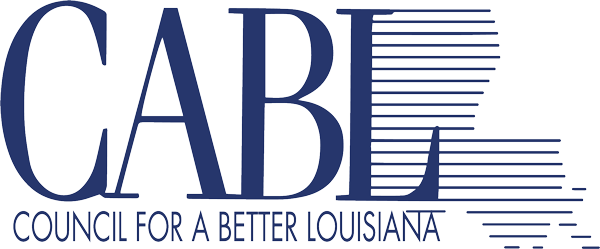
While there’s no doubt that money and the budget were the two top issues in last year’s governor’s race, it’s also pretty clear that right up there with them was the plight of higher education. As it turns out, over the last week there has been a lot written about postsecondary education, and for those who want a better understanding of just where we stand after seven years of budget cuts and where we might be going in the near future they’re worth looking into.
The first is the report of the governor’s Higher Education Transition Committee which CABL is pleased to have served upon. The report is digestible in length and gives an overview of what’s happened in postsecondary education over the last several years and offers 14 recommendations for moving forward.
Some of the recommendations, necessarily, deal with the funding picture, but many move into policy directions centered around three primary topics: attainment, affordability and accountability. All three are critical. As the report states, “future investments in postsecondary education must not rebuild an outdated model,” and that’s the approach CABL believes we need to take for the future.
That would include such things as a new method of funding based more on performance and incentives, revised metrics to better track student success and transition to the workplace, improved connections between high school and postsecondary education to shorten time to a degree, and a stronger alignment to workforce needs.
The report also makes recommendations for making TOPS more sustainable, providing more need-based aid for low-income students and developing a stronger focus on innovation and research to help meet state and regional economic and workforce needs.
Interestingly, just as this report was coming out The Advocate newspaper launched a multi-part special series along the same lines called Cutting Class: An Inside Look at the State’s Crumbling Higher Education System and What Lies Ahead . To date, five parts have been published and they provide a comprehensive look at the state of higher education in Louisiana from a number of perspectives. Besides an overview of how budget cuts have impacted state colleges, it also looks at the rise in tuition and fees, the TOPS program, the future of LSU’s flagship agenda and what’s happened to the state’s historically black institutions.
The series paints a grim picture of the higher education scene in Louisiana, but it’s one citizens and policy makers need to be aware of. In our current financial environment change is coming to a lot of things and that includes postsecondary education. But it’s critical that we use whatever reinvestment will come to our colleges and universities when budget issues are addressed to drive positive change that focuses on student outcomes, broader access and meeting the overall needs of our state. These reports help put all of those things in perspective.
